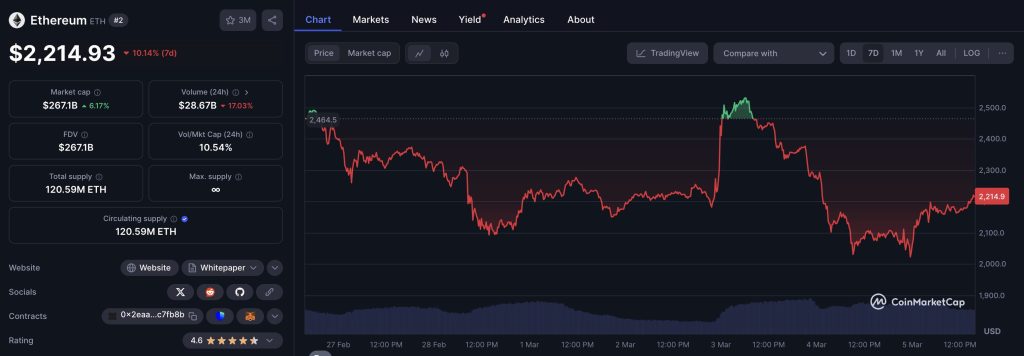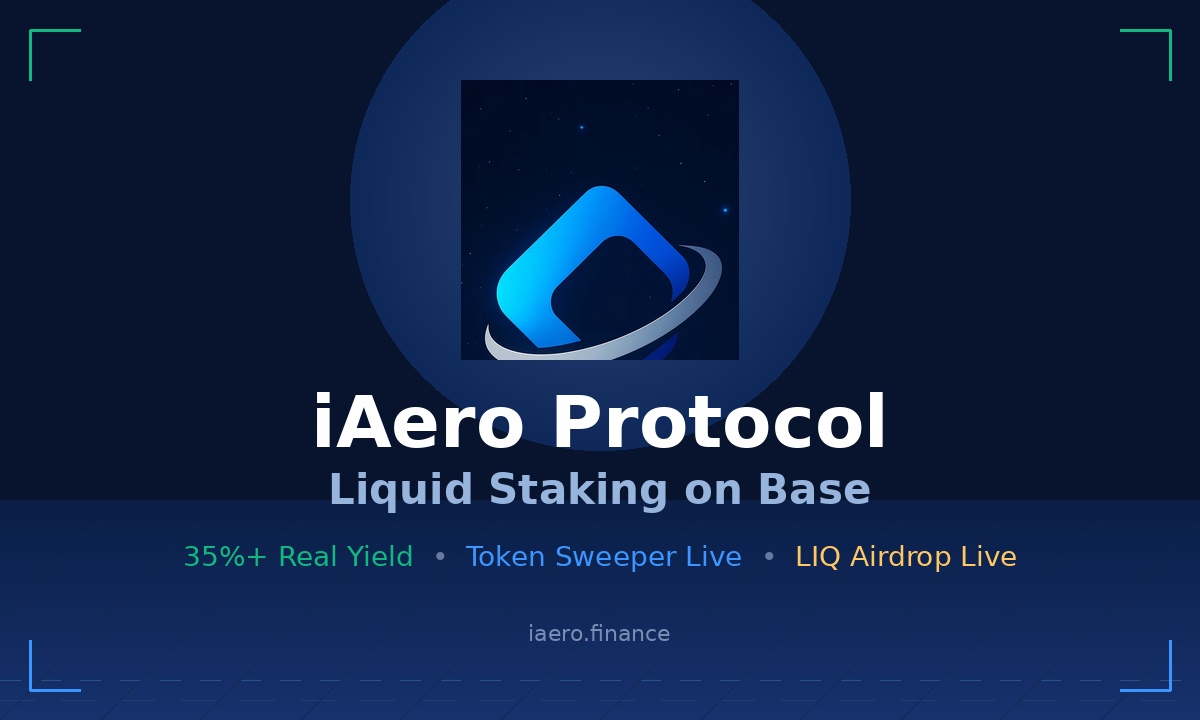
The Ethereum network has taken another step toward its next major upgrade, Pectra, with its activation on the Sepolia testnet at approximately 2:30 a.m. EST today.
Ethereum Pectra upgrade marks a crucial phase in testing before the anticipated mainnet launch, projected for April 2025.
Ethereum Pectra Upgrade Reaches Sepolia Testnet
Sepolia, a key Ethereum testnet introduced in 2021, allows developers to evaluate new features in a controlled environment before deployment on the mainnet. The test follows an earlier rollout on the Holesky testnet on February 24.
Despite encountering initial technical issues, including chain splits caused by incorrect deposit contract addresses, developers swiftly resolved the problem, enabling today’s scheduled Sepolia activation to proceed smoothly.
Key Enhancements Aim to Boost Network Performance
The Ethereum Pectra upgrade brings significant improvements across Ethereum’s execution and consensus layers. The dual-layer update, named Prague (execution layer) and Electra (consensus layer), is designed to enhance scalability, security, and staking operations while optimizing developer tools.
Notably, Ethereum Improvement Proposal (EIP)-7251 will increase the validator staking limit from 32 ETH to 2,048 ETH, allowing validators to compound earnings more effectively and potentially reducing selling pressure over time.
A key focus of Pectra is improving transaction efficiency and gas fee flexibility. By enhancing blob scaling and smart wallet functionality, the upgrade aims to address network congestion and enhance the experience for both individual users and institutional investors.
With Ethereum Pectra upgrade, security measures are also being reinforced through advanced cryptographic techniques and refinements to the Proof-of-Stake (PoS) protocol.
Assuming Sepolia performs as expected, Ethereum developers are likely to confirm a mainnet activation date during the All Core Developers (ACD) call on March 6, 2025.
Market Reactions and Governance Changes Unfold
Meanwhile, Ethereum’s price remains under pressure. Despite briefly trading above $2,200 following the testnet activation, ETH has dropped over 10% in the past week, dipping below $2,000 for the first time since December 2023.

Market analysts cite increasing competition from high-throughput blockchains and Layer 2 solutions as ongoing challenges for Ethereum’s position in the industry.
To address community concerns and ensure a more structured governance approach, the Ethereum Foundation recently introduced a leadership restructuring. Hsiao-Wei Wang, a core researcher at the Ethereum Foundation, and Tomasz Stańczak, CEO of Nethermind, have been appointed as co-directors of the organization.
| DISCLAIMER: The information on this website is provided as general market commentary and does not constitute investment advice. We encourage you to do your own research before investing. |























